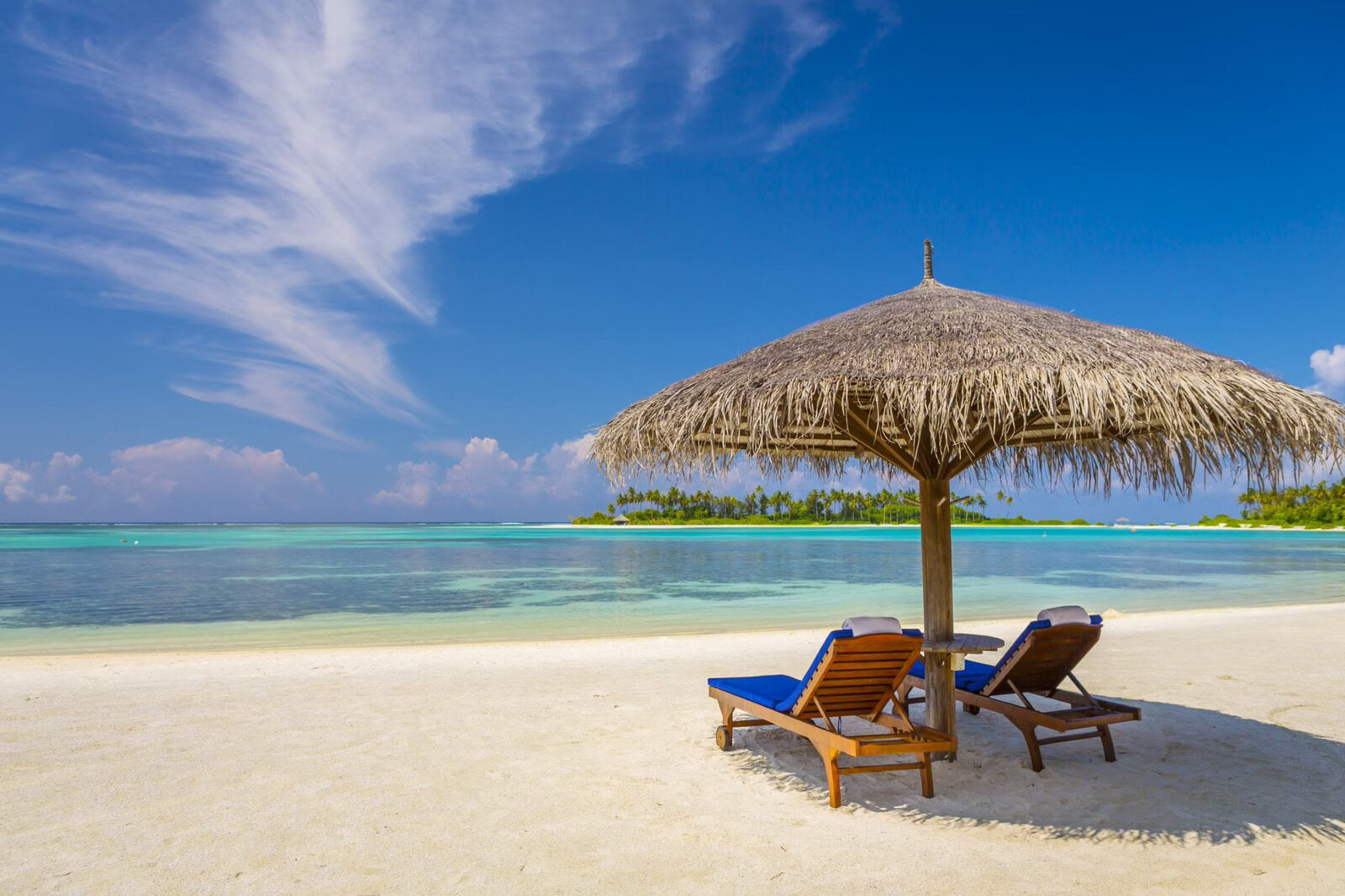
Ever wondered what makes the Maldives so special? This tropical paradise, nestled in the Indian Ocean, boasts more than just stunning beaches and crystal-clear waters. With over 1,000 coral islands, it's a haven for marine life and adventure seekers alike. Did you know the Maldives is the flattest country on Earth? Its highest point is just 2.4 meters above sea level! The Maldives also has a rich cultural tapestry influenced by South Indian, Sri Lankan, and Arab traders. From unique underwater restaurants to vibrant festivals, there's so much to learn about this fascinating archipelago. Ready to dive into 15 amazing facts about the Maldives? Let's get started!
Key Takeaways:
- The Maldives is a stunning archipelago with over 1,000 coral islands, vibrant marine life, and a rich cultural history. However, it faces environmental challenges like rising sea levels and coral bleaching.
- Tourism is vital to the Maldivian economy, with over 1.7 million visitors in 2019. The country is famous for its overwater bungalows and crystal-clear waters, making it a diver's dream.
Paradise on Earth
The Maldives, often called a tropical paradise, is a stunning archipelago in the Indian Ocean. Here are some fascinating facts about this beautiful destination.
-
The Maldives consists of 1,192 coral islands grouped into 26 atolls. These islands are spread over roughly 90,000 square kilometers, making it one of the world's most dispersed countries.
-
Only about 200 of these islands are inhabited. The rest are used for tourism and agriculture or remain untouched.
-
The Maldives is the lowest country in the world. Its highest natural point is just 2.4 meters (7 feet 10 inches) above sea level.
Unique Marine Life
The Maldives is home to some of the most diverse and vibrant marine life on the planet. Let's dive into some underwater wonders.
-
The Maldives has over 2,000 species of fish. This includes the majestic manta rays and the elusive whale sharks.
-
Coral reefs in the Maldives cover an area of around 4,500 square kilometers. These reefs are vital for marine biodiversity and act as natural barriers against storm surges.
-
The Maldives is one of the best places in the world for diving and snorkeling. The crystal-clear waters offer visibility up to 40 meters, making it a diver's dream.
Rich Culture and History
Beyond its natural beauty, the Maldives has a rich cultural heritage. Here are some intriguing cultural facts.
-
The Maldives has a history that dates back over 2,500 years. It has been influenced by various cultures, including Indian, Sri Lankan, Arab, and African.
-
Dhivehi is the official language of the Maldives. It is an Indo-Aryan language with influences from Arabic, French, Portuguese, Persian, and English.
-
Islam is the official religion of the Maldives. The country converted to Islam in 1153 AD, and it plays a significant role in the daily lives of Maldivians.
Environmental Challenges
Despite its beauty, the Maldives faces significant environmental challenges. Here are some critical issues.
-
Rising sea levels pose a severe threat to the Maldives. Scientists predict that if current trends continue, many of the islands could be submerged by the end of the century.
-
Coral bleaching is another major concern. Rising sea temperatures cause corals to expel the algae living in their tissues, leading to a white appearance and often death.
-
The Maldives has implemented several conservation efforts. These include marine protected areas, coral reef restoration projects, and sustainable tourism practices.
Tourism and Economy
Tourism is the backbone of the Maldivian economy. Here are some facts about how tourism shapes the Maldives.
-
Tourism accounts for nearly 30% of the Maldives' GDP. It is the largest economic sector in the country.
-
The Maldives welcomed over 1.7 million tourists in 2019. The majority of visitors come from China, India, and Europe.
-
Overwater bungalows were first introduced in the Maldives. These luxurious accommodations have become synonymous with the ultimate tropical getaway.
The Magic of Maldives
The Maldives isn't just a tropical paradise; it's a treasure chest of fascinating facts. From its unique geography as the world's flattest country to its vibrant marine life, there's always something new to learn. The nation's rich history, influenced by various cultures, adds another layer of intrigue. Whether you're captivated by the underwater beauty or the luxurious overwater bungalows, the Maldives offers a blend of natural wonders and cultural richness.
Knowing these facts can deepen your appreciation for this stunning destination. It’s not just about the beaches and clear waters; it’s about understanding the stories and science behind them. So, next time you think about the Maldives, remember it’s more than just a vacation spot. It’s a place full of wonders waiting to be explored. Dive into its magic and let it leave you spellbound.
Frequently Asked Questions
Was this page helpful?
Our commitment to delivering trustworthy and engaging content is at the heart of what we do. Each fact on our site is contributed by real users like you, bringing a wealth of diverse insights and information. To ensure the highest standards of accuracy and reliability, our dedicated editors meticulously review each submission. This process guarantees that the facts we share are not only fascinating but also credible. Trust in our commitment to quality and authenticity as you explore and learn with us.


